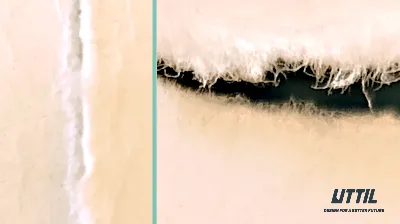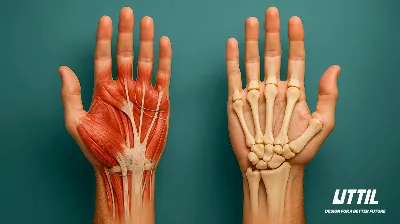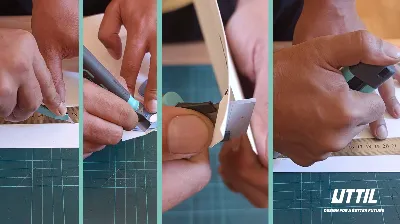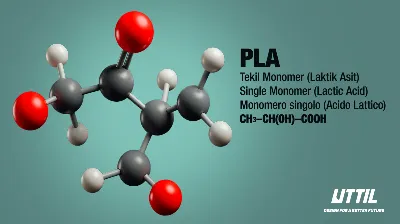PLA: The Compostable Plastic Revolutionizing UTTIL's PAUK06 and PRUK06 Mode
One eco-friendly star stands out in the
ever-evolving world of materials science: Polylactic Acid (PLA). This
compostable plastic is transforming industries, particularly in sustainable
manufacturing. UTTIL's adoption of PLA in its PAUK06 and PRUK06
models exemplifies how this material can bring about a significant
environmental shift while maintaining the quality and functionality of hand
tools. This blog post explores the advantages of PLA and how UTTIL is
leveraging it to create a more sustainable future.
1. Understanding PLA: The Basics
PLA is a type of bioplastic derived from
renewable resources like cornstarch or sugarcane. It stands out for being
compostable under industrial composting conditions. This property makes PLA a
game-changer in the world of plastics, offering a viable solution to the global
challenge of plastic waste.
2. The Compostable Advantage
The most notable advantage of PLA is its
compostability. Unlike traditional plastics, which take hundreds of years to
decompose, PLA can break down into natural elements in a composting facility
within a few months. This rapid decomposition significantly reduces landfill
waste and the environmental impact associated with plastic disposal.
3. PLA in UTTIL's PAUK06 and PRUK06 Models
UTTIL's
use of PLA in the PAUK06 and PRUK06 models demonstrates the
practical application possibilities of this material in hand tools. UTTIL
can ensure that the parts of the tools it produces with its own PLA formula are
durable, efficient, and environmentally friendly.
4. Why PLA is an Ideal Choice for Hand Tools
Durability and Strength: Despite being compostable, PLA exhibits a high level of strength and
durability, making it suitable for the rigorous demands of hand tools.
Safety:
PLA is free from toxins like Bisphenol-A (BPA), making UTTIL tools safer
for users and the environment.
Lightweight Nature:
PLA's lightweight properties contribute to the ergonomic design of UTTIL's
tools, enhancing user comfort and usability.
5. UTTIL's Commitment to Sustainability
By choosing PLA, UTTIL reaffirms its
commitment to sustainability. This choice reflects a conscious effort to reduce
environmental impact and promote renewable materials in manufacturing.
6. The Production Process of PLA in UTTIL Tools
UTTIL's
production process for integrating PLA into its tools is carefully managed to
ensure the material's environmental benefits are fully realised. From sourcing
the raw material to the final product, UTTIL focuses on sustainability
and quality.
7. Consumer Benefits of Using PLA-Based Tools
Consumers who choose UTTIL's PLA-based
tools benefit from their functionality and contribute to a more sustainable
world. Consumers support eco-friendly practices and reduce their ecological
footprint by opting for products made with compostable plastics.
8. The Future of PLA in Tool Manufacturing
PLA's role in tool manufacturing is just
beginning. As technology advances, its applications are expected to broaden,
paving the way for more innovative and sustainable products.
9. UTTIL: Pioneering the Use of PLA in Hand
Tools
UTTIL's
integration of PLA in models like the PAUK06 and PRUK06 is just
the start. The company is dedicated to exploring new ways to incorporate
eco-friendly materials into its product line, leading the charge towards a more
sustainable future in tool manufacturing.
PLA represents a hopeful and practical step
towards addressing the plastic waste problem. UTTIL's adoption of PLA in
its hand tools demonstrates that it is possible to balance product quality with
environmental responsibility. As consumers, having reliable and efficient tools
by choosing products like PAUK06 and PRUK06 means participating
in a more significant movement towards sustainability.
A more detailed blog post about PAUK06 and PRUK06:
https://uttil.com.tr/en/reinventing-hand-tool-standards-with-pauk06-and-pruk06








